“Remember, remember the 5th of November, gunpowder, treason and plot; for there is a reason why gunpowder and treason should ne’er be forgot.”
“In Quintum Novembris” (“On the Fifth of November”), was an early poem written in Latin by John Milton in Cambridge in 1626.
It celebrates the anniversary of the failed Gunpowder Plot of 1605, when a group of Roman Catholic conspirators, including Guy Fawkes, attempted to detonate explosives at the opening of the English Parliament and assassinate King James VI and I.
The plot, against a backdrop of deep-rooted religious and political turmoil, was foiled, and the day has since been marked with celebrations to remember its failure.
How has ‘Guy Fawkes night’ changed over the centuries?
Back in the day, it wasn’t unknown for university students to compose poems that attacked Roman Catholics for their involvement in such “treachery”.
‘Bonfire Night’, as it’s now commonly known, has since become a more family-friendly affair with fireworks displays, bonfires, and the burning of Guy Fawkes effigies.
But more than four centuries on, as children crane their necks to watch spectacular displays, and pets cower behind sofas, has the history of Guy Fawkes become irrelevant to modern celebrations?
The Catholic church in Scotland thinks so.
A spokesperson told The Courier: “The reality of ‘Bonfire Night’ in Scotland today is now so removed from its historical origins, that it has little or no religious significance for anyone.”
How relevant is Guy Fawkes history to Fife and Tayside fireworks displays?
Last week The Courier previewed 13 cracking fireworks displays in Angus, Fife and Perthshire this year.
Amongst them was the popular community fireworks display, hosted by Cupar Golf Club.
While the organised Cupar display doesn’t include a bonfire or burning of a Guy, former Cupar Golf Club captain Hugh Ironside said the focus for them is less on “remembering the fifth of November” and more on hosting a great fundraising community event.
“Guy Fawkes has maybe been forgotten about,” said Hugh.
“Burning ‘traitors’ was outlawed some years ago!
“But a bonfire is also harder to manage with a lot of people than it is for a fireworks display.
“Health and safety is paramount.
“As there is no bonfire there is no Guy so children don’t ask: ‘Who was Guy Fawkes?’
“But it’s still a great community event with stalls from other local organisations.”
What’s the impact of Guy Fawkes night fireworks on pets and young people?
People of a certain age will have fond childhood memories of standing in their back gardens holding sparklers or watching Catherine wheels and Roman Candles fizz and pop.
Some people still choose to have their own fireworks parties, despite recent efforts by authorities encouraging attendance at organised displays instead.
There was a huge spike in home-use firework sales during Covid-19 as organised displays were cancelled.
But there’s a well-publicised anti-social side to fireworks too.
The SSPCA, which promotes the #BeSafeBeKindBeSmart message, says fireworks and bonfires can be very distressing and dangerous for many people and animals.
In Cupar three years ago, for example, the community rallied round to trace Bella, Bell Baxter High School’s therapy dog, when she ran off in fright because of nearby domestic fireworks.
Young people are also more likely to be the victim of an accident or injured in the use of fireworks and around bonfires.
David McGill, lead clinician for the care of burns in Scotland (COBIS) network and consultant plastic surgeon at Scotland’s Burn Hub says that unfortunately they see a rise in burn injuries around Bonfire Night, in both adults and children.
Children are frequently burned with sparklers.
There’s a misunderstanding of how hot they can get.
His advice is to go to organised displays wherever possible.
Fireworks thrown during Dundee’s so-called ‘Kirkton riots’ of 2022
Last Halloween, fireworks also played a role in Dundee’s so-called ‘Kirkton riots’.
Fireworks were thrown at police, fires started and St Paul’s RC Academy smashed up.
The shocking action, which saw further “disgusting” anti-social behaviour in Kirkton this week, led to fireworks being pulled from several supermarkets in Dundee amid calls for tougher measures.
It’s also re-ignited discussion about firework control zones.
New powers were given to local authorities in June that would make it illegal for any member of the public to ignite fireworks in designated areas.
In September, Dundee councillors gave the go ahead to begin a consultation process.
However, any firework control zones in the city are unlikely to be in place until January at the earliest, leading to criticism.
Public firework displays would be permitted, subject to requirements, but the council no longer run these in Dundee.
What’s the view of fireworks display company owner?
One man with a vested interest in the fireworks industry is Mark Copland, 52, the owner of award-winning Inverurie-based Fireworx Scotland Ltd, who also runs a firework sales shop online.
The leading fireworks company, which employs 52 staff, is running 38 organised fireworks displays across the country this weekend, including back-to-back shows in Cupar, Dollar and Buckhaven.
While he’s a firm supporter of responsible, “fun” fireworks displays, and condemns anti-social behaviour, he reveals that he often “rants” at this time of year because he thinks people sometimes need to “get a grip”.
The law is already clear, he says.
Throwing fireworks or setting them off in a public place is illegal.
It is illegal for the general public to set fireworks off before 6pm and after 11pm.
This extends to midnight on November 5 and 1am on Hogmanay, Chinese New Year and Diwali.
Rather than banning fireworks, he thinks the focus should be on targeting the minority of anti-social culprits and enforcing the law.
“Bonfire Night has become more popular over the years – a bit like Halloween,” said Mark, who runs commercial displays throughout the year, and has competed in the British Musical Fireworks Championships.
“But unfortunately, fireworks are getting a stigma.
“And unfortunately, there’s an element of dangerous use.
“People use them in the park or at anti-social hours, when they shouldn’t.
“These youths that are attacking emergency services – the police know who they are!
“Something should be done about them.
“But for everyone else, what is the problem?
“If you look at the statistics, there’s more horses killed at horsing events than there ever has been with fireworks.
“Dogs attack people on a weekly basis – none of which are caused by fireworks.
“It’s a load of rubbish to be honest with you, and social media has a lot to answer for. Now everybody’s a keyboard warrior!”
‘Fire-setting’ figures improve ahead of Guy Fawkes night – but work to be done
The latest figures from the Scottish Fire and Rescue Service (SFRS) suggest that deliberate fire-setting in Scotland has reduced by more than a third in the period leading up to Bonfire Night.
This is always the busiest time of the year for the emergency services in Scotland, which typically witnesses a spike in anti-social behaviour.
However, SFRS figures show that since 2018, the number of deliberate fires in the three weeks prior to November 5 has fallen from 1,302 to 907 – a reduction of 35%.
In Stirling, Clackmannanshire and Fife, the numbers fell by 27.14%.
However, in Dundee, Angus, and Perth and Kinross, the figure went up by 4.41%, suggesting work still needs to be done.
Deputy Assistant Chief Officer (DACO) Iain Macleod, SFRS Head of Prevention and Protection, welcomed this overall reduction as a clear impact of sustained prevention efforts such as school visits.
Young people are given advice about how to prevent injuries and what to do in the event of an emergency, as well as useful information about the laws around using fireworks in Scotland.



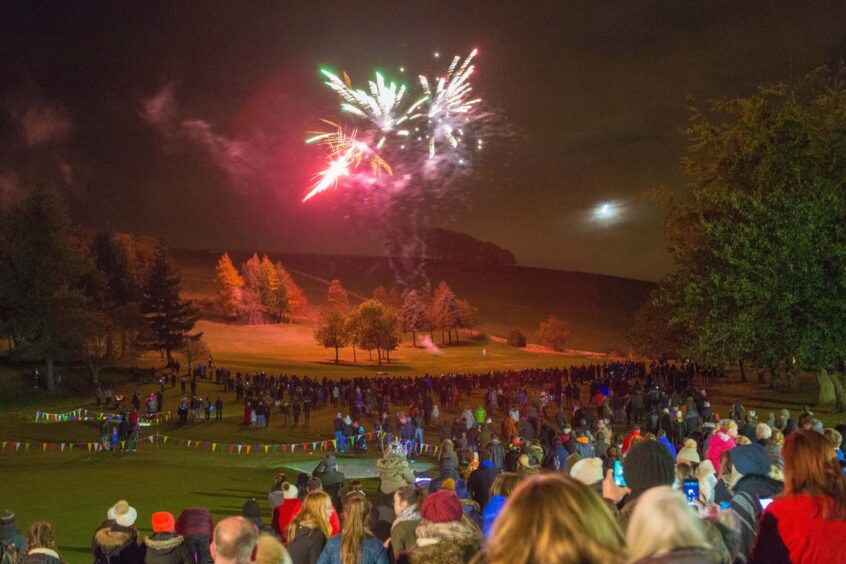
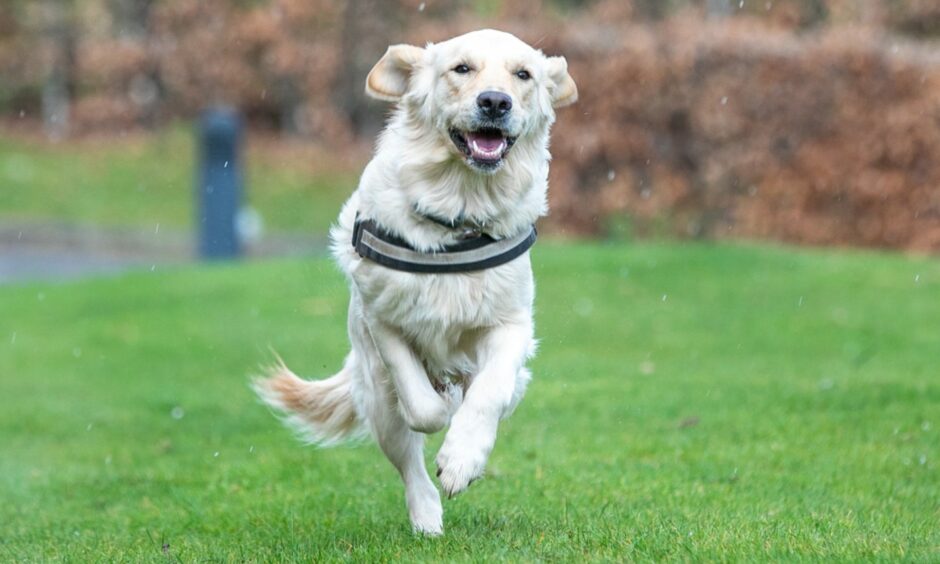
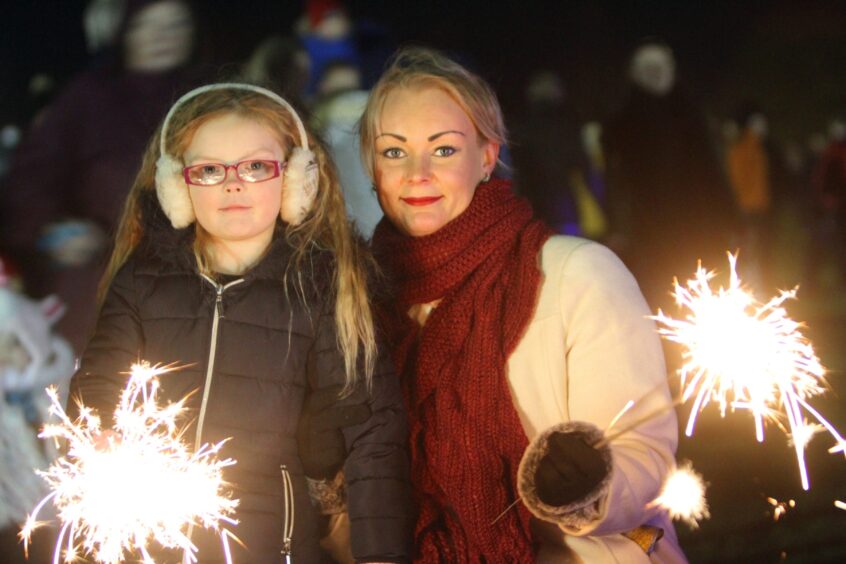
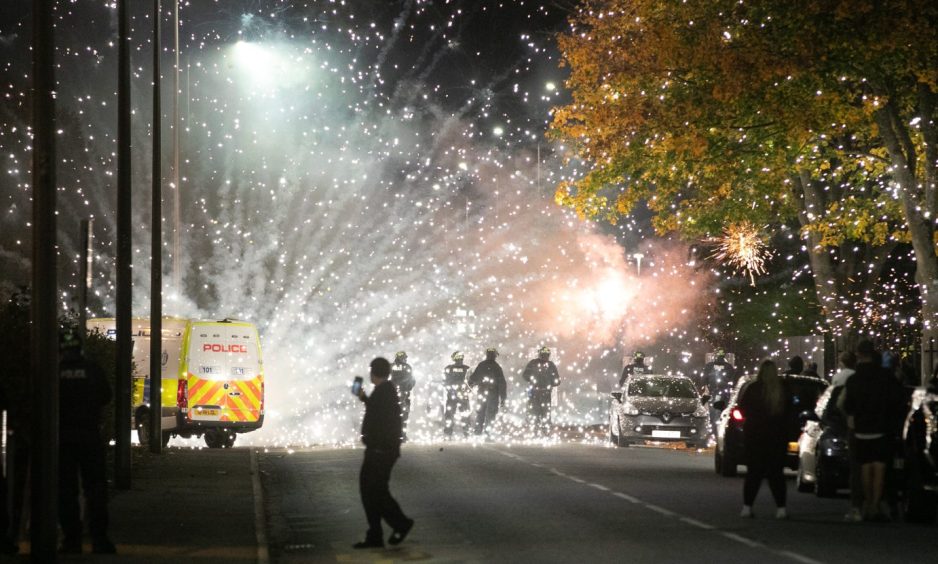
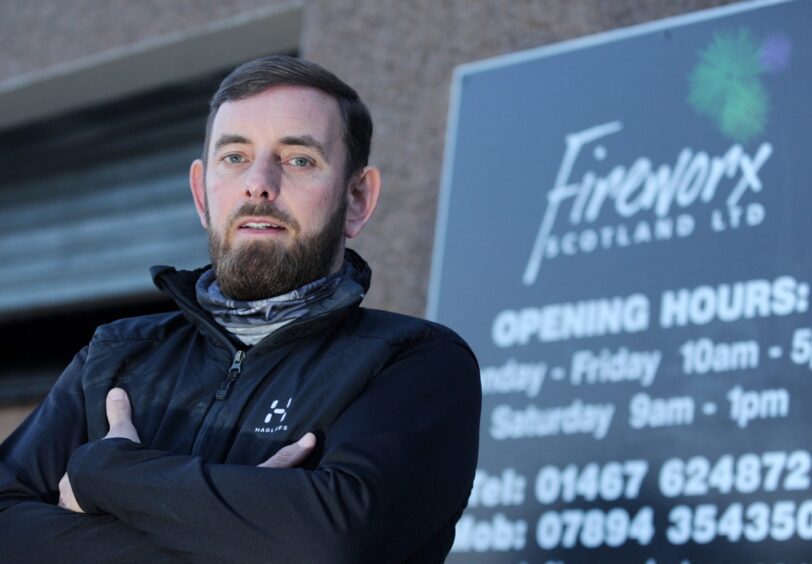
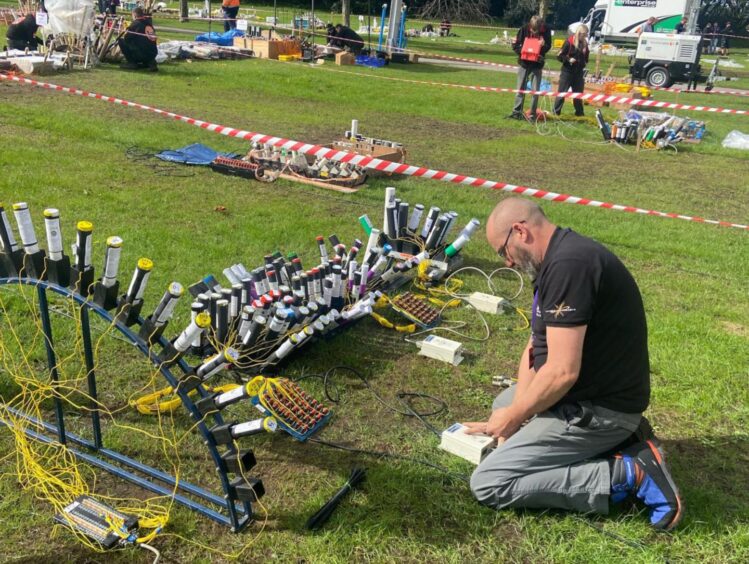

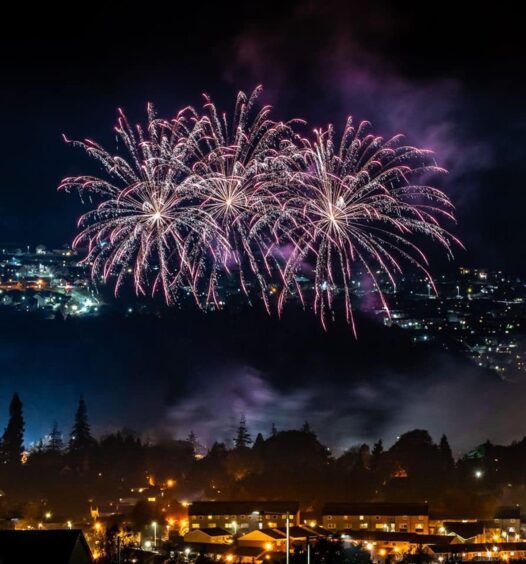
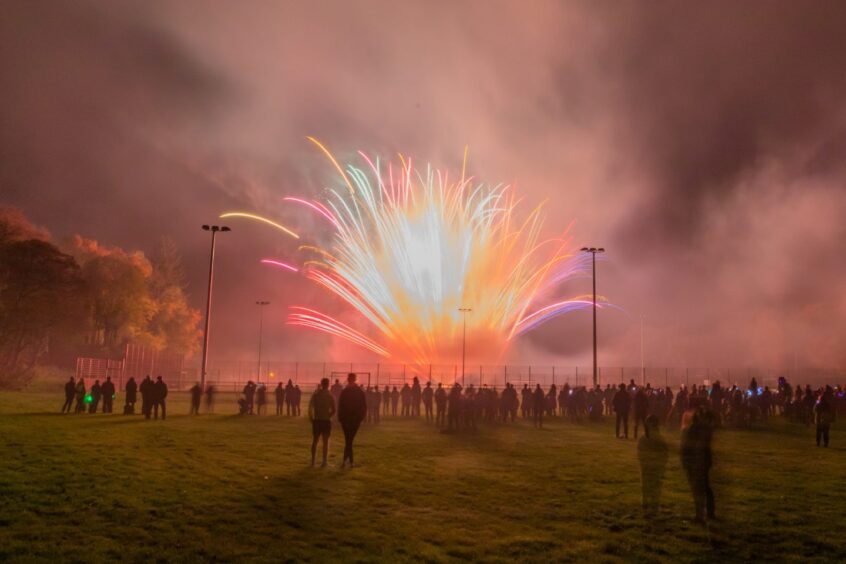










Conversation